Discover 9 hidden attractions, cool sights, and unusual things to do in Strood (United Kingdom). Don't miss out on these must-see attractions: Great Crabbles Wood, Cobham Woods, and Rede Common. Also, be sure to include Baty's Marsh in your itinerary.
Below, you can find the list of the most amazing places you should visit in Strood (England).
Table of Contents
Great Crabbles Wood
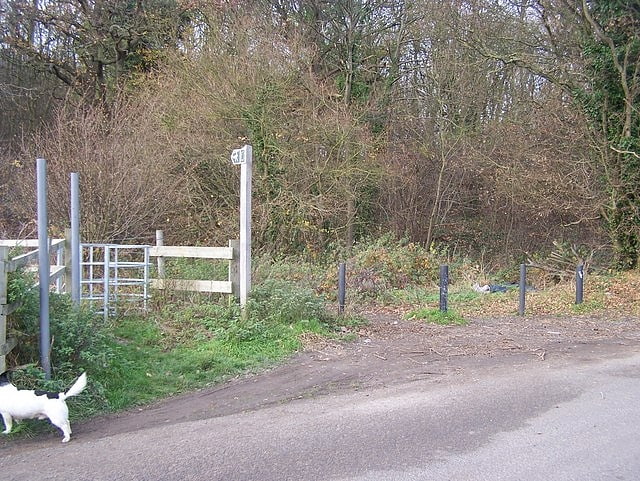
Great Crabbles Wood is a 33-hectare biological Site of Special Scientific Interest north-west of Rochester in Kent.
Most of the wood is mixed coppice, with sweet chestnut dominant and oak standards. There are scarce flora such as lady and man and bird's nest orchids, white helleborine and wild liquorice.
The wood is crossed by footpaths.[1]
Cobham Woods
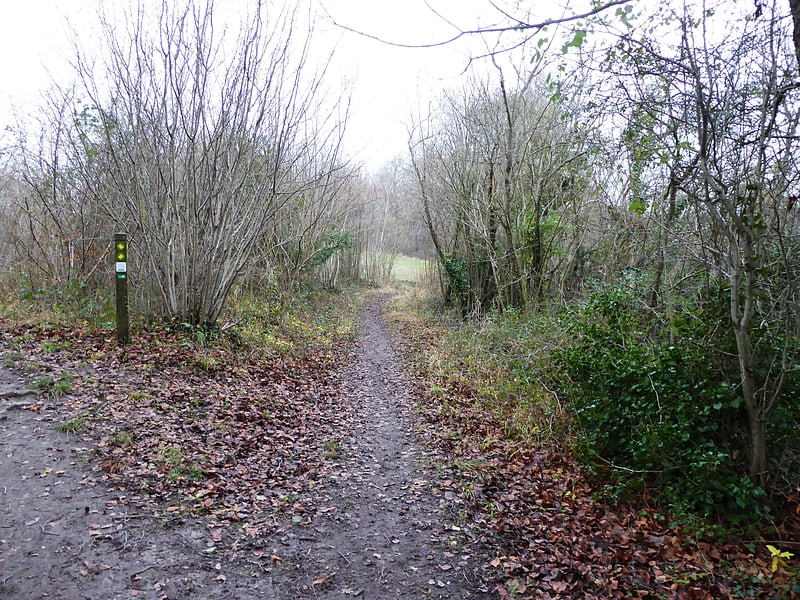
Cobham Woods is a 242.7 hectares biological Site of Special Scientific Interest on the western outskirts of Rochester in Kent. It is in the Kent Downs Area of Outstanding Natural Beauty and part of it is managed by the National Trust.
The managed ancient woodland is largely sweet chestnut coppice with some coniferous plantations, while the parkland is mature woodland, with some clearings, of oak, sweet chestnut, beech, hornbeam, and other species. The soils range from acidic Thanet Sands to Upper Cretaceous Chalk. Managed grazing by deer, created woodland pastures devoid of ground shrubs, this has reverted but is being re-established. The arable land, has been a noted spot for botanists since the 1690s, and references to it occur in books on Chalk Grassland.
The woodland was part of the Cobham Hall estate, now ranger managed, and secured to prevent vehicular access. The Darnley Mausoleum, located in the wood, has been rescued and restored, and much of the woodland and the Mausoleum are now in the care of the National Trust. The woods are crossed by public footpaths.[2]
Rede Common

Rede Common is a 11.2-hectare Local Nature Reserve in Strood in Kent. It is owned and managed by Medway Council in partnership with Friends of Rede Common.
Known locally as Sandy Banks due to the underlying Thanet Beds, Rede Common was formerly farmland used for grazing, arable and market gardening and is now an area of open acid grasslands surrounded by scrub and trees.
Access points include entrances in Watling Street, Hyacinth Road and Columbine Close.
Friends of Rede Common conducted a survey of the site in 2020 finding wood mice, field voles, bank voles, foxes, grey squirrels, brown rats and moles. The group also observes a diverse range of birds and butterflies throughout the year.
The Strood Community Trail passes through Rede Common.[3]
Baty's Marsh

Nature reserve in Rochester, England. Baty's Marsh is a 10.4-hectare Local Nature Reserve in Rochester in Kent. It is owned and managed by Medway Council.
This is one of the few remaining salt marshes in the Medway area, and it has a rich fauna, especially wading birds.
There is access from Manor Lane.[4]
All Saints Church
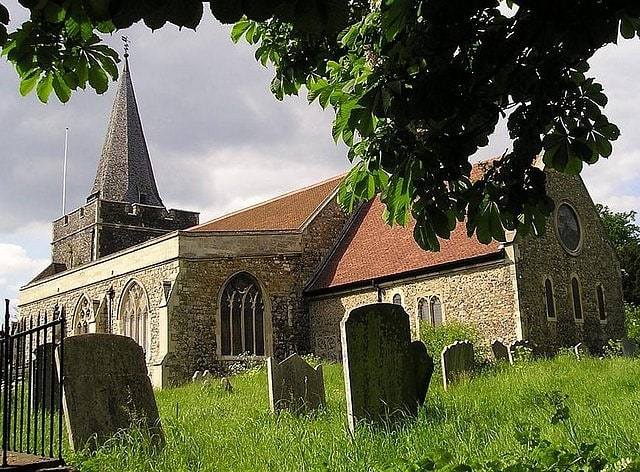
All Saints, Frindsbury, is a parish church serving the combined parish of Frindsbury with Upnor and Chattenden. The church dates from 1075 and lies in the north-west corner of the Medway Towns, historically part of Kent, England. It is a Grade II* listed building, National Heritage List number 1107886.[5]
Address: Church Green, ME2 4HE Rochester (Frindsbury Extra)
Temple Manor

Building in Rochester, England. Temple Manor is a scheduled ancient monument and grade I listed building in Strood, Kent. The Manor has been owned by various religious, national and farming owners over 600 years. The building has been added to and adapted over the centuries, but the basic structure is now clearly visible.
The house is now owned by English Heritage and is open to the public on weekends in season.
A camera is a subsidiary farm of a preceptory (a medieval monastery of the military orders of Knights Templar or Knights Hospitaller). Camerae are very rare in England with less than 40 known examples. In view of this rarity, and their importance in supporting the monastic communities of the preceptories (examples of which are also rare), all camerae exhibiting archaeological survival are identified as nationally important.[6]
Strood Library
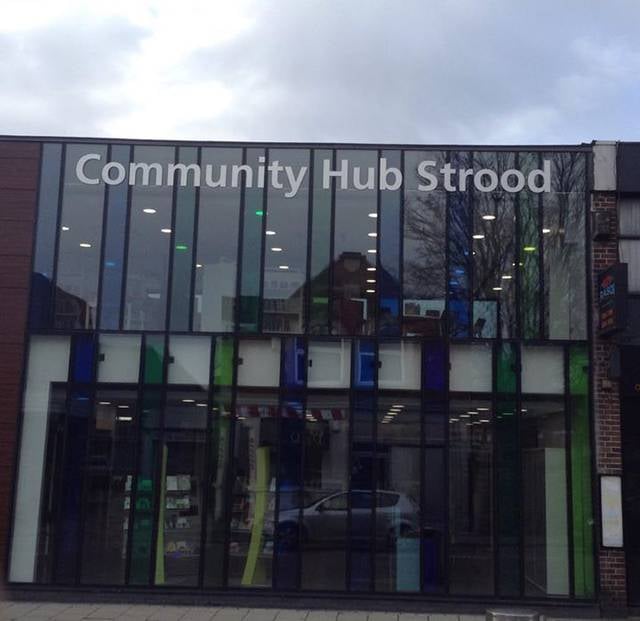
Library
Address: 133 High Street Strood, Strood (Frindsbury Extra)
Chattenden
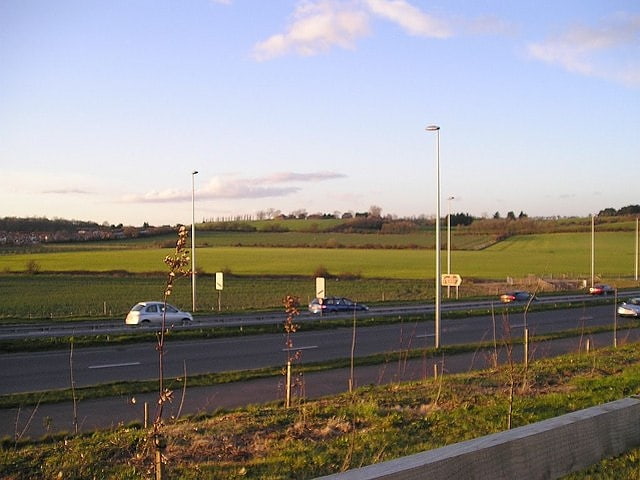
Village in England. Chattenden is a village within the civil parish of Hoo, which is within the unitary authority of Medway, Kent, England. It was, until 1998, part of Kent and is still ceremonially associated via the Lieutenancies Act. The A228 goes through the village.[7]
Borstal
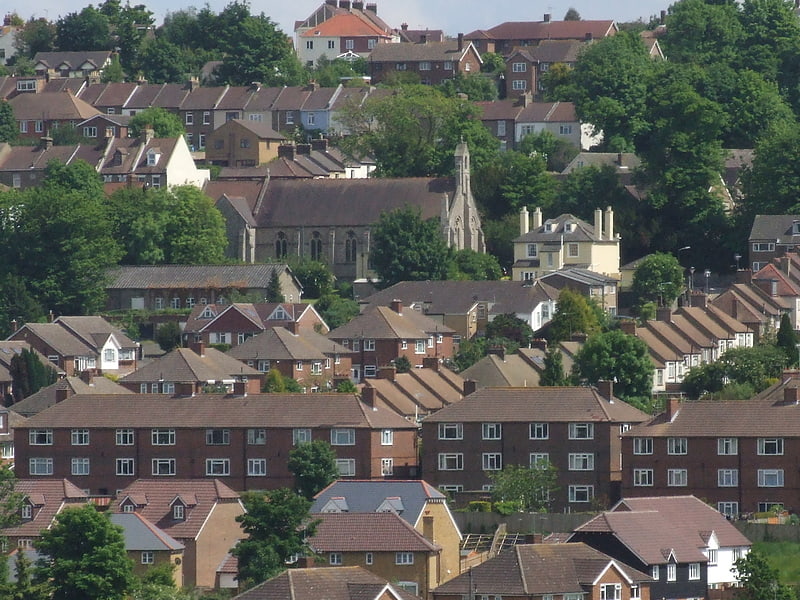
Borstal is a place in the Medway unitary authority of Kent in South East England. Originally a village near Rochester, it has become absorbed by the expansion of Rochester. The youth prison at Borstal gave its name to the Borstal reform school system.[8]